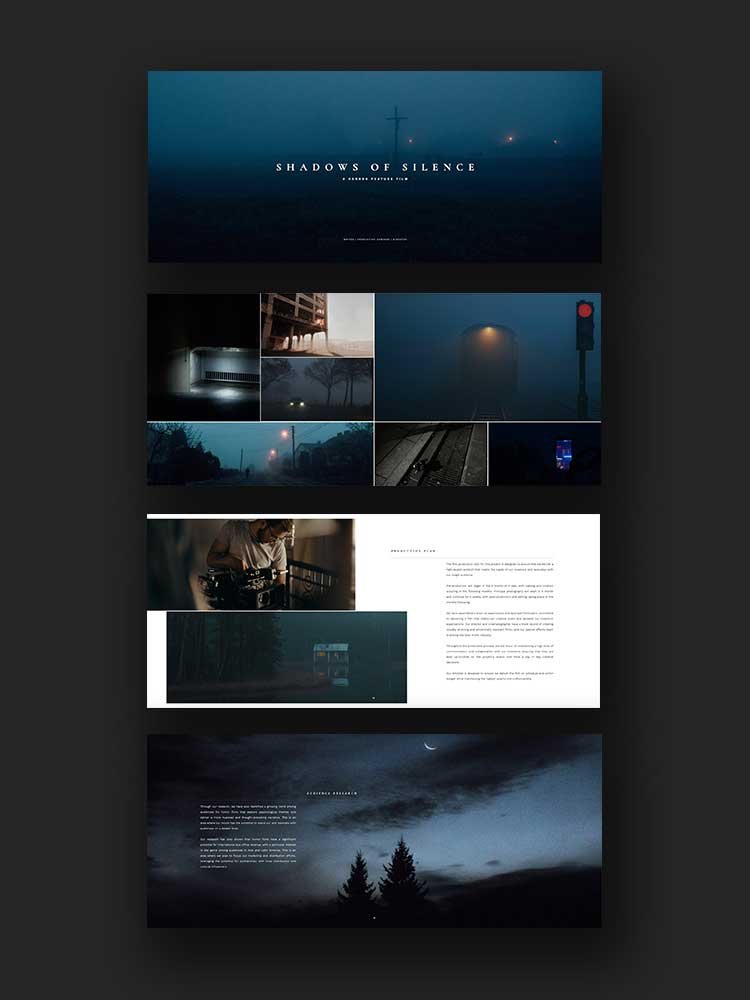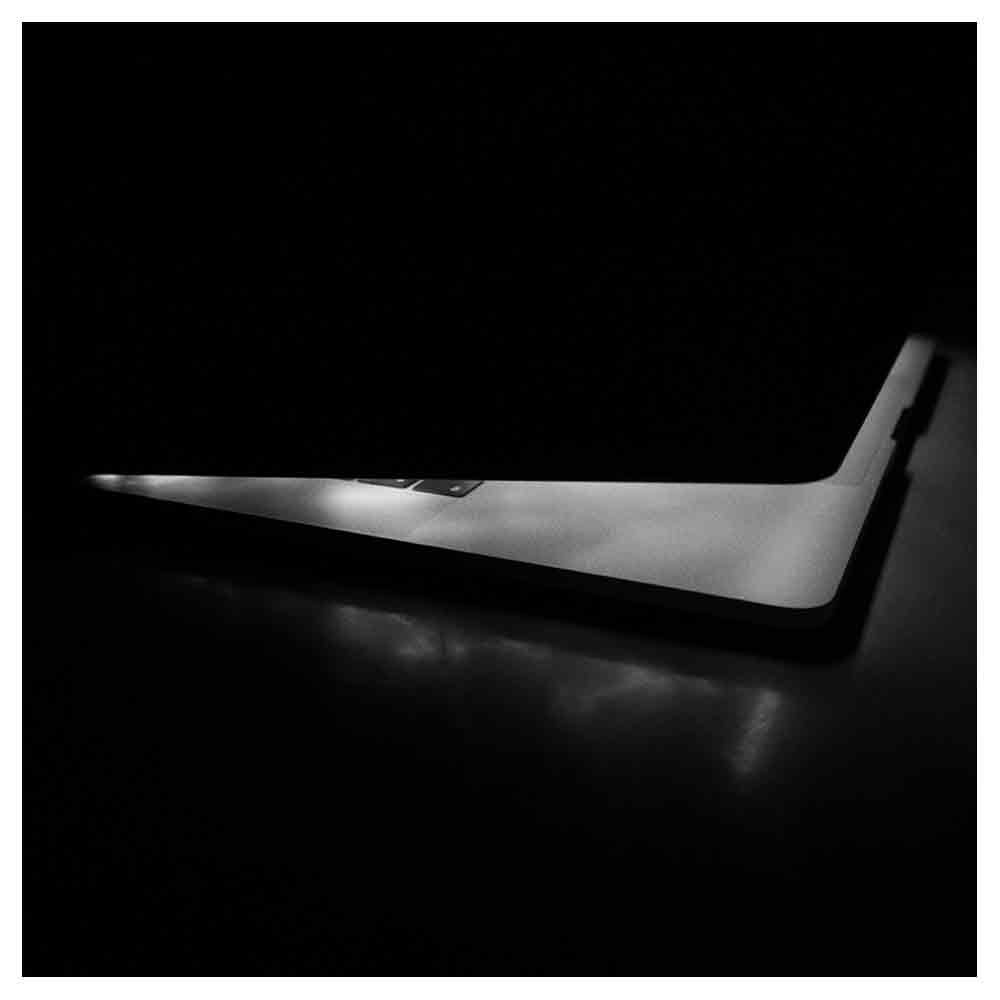Unlocking the Mysteries of the Movie Treatment
Every great film you've ever watched has likely had a treatment at some point in its creative journey. But what exactly is a movie treatment? And why is it such a crucial part of the film development process?
Let's dive into the mesmerizing world of film treatments, and by the end, you'll be ready to write a film treatment of your own.
What is a Film Treatment?
In its most basic form, a film treatment is a written document that encapsulates the entire story of a movie before it's transmuted into a full-length screenplay.
It's a crucial plot outline, a snapshot of your story idea that gives a detailed synopsis of the film's story, including key elements like the main characters, the key plot points, and the significant moments that will later define the movie.
This makes it an essential part of the writing process, with most screenwriters crafting one as a precursor to their first draft.
Why Write a Film Treatment?
Simply put, a film treatment is a visual project's roadmap. It guides the writing of the screenplay and serves as a marketing tool to attract potential producers and studio executives. It provides a deeper understanding of the story, giving them a sense of the project's potential.
It's a document written with enough detail to provide the reader with a clear picture of the whole story but also leaves room for imagination, allowing them to fill in the gaps with their creativity.
The Anatomy of a Great Film Treatment
The Title and Contact Details
It might sound rudimentary, but the importance of the title and contact details in a film treatment must be balanced. The title should capture the essence of your story, and your contact details must be accurate for potential producers to reach out to you.
Logline
This is a one-sentence summary of your story idea, and it should be concise, compelling, and clearly show the film's story.
Synopsis
This is where you delve into more detail about your story. You'll introduce your key characters, provide character descriptions, and lay out your crucial plot points. The key here is to make it engaging and immersive, not just a list of events.
Character Biographies
Here, you'll provide a critical character summary, giving more depth to your characters, motivations, and arcs.
Scene Breakdown
While not always included in treatments, a scene breakdown can provide a moment-by-moment overview of your script treatment. Remember to use the present tense and keep it engaging!
Treatment Length
There are no hard and fast rules about the length of a film treatment. Some are as short as one page, while others can run the length of a short story. What's important is that it provides a clear overview of your story without leaving out important details or including unnecessary filler.
Film Treatment Examples
Looking at examples can provide a writer a wealth of inspiration and practical guidance. A few noteworthy examples include "Private Idaho" and "Strange Days." The former is a poignant and deeply personal exploration of identity, while the latter is a thrilling cyberpunk story by James Cameron. Both treatments offer valuable insights into the treatment writing process.
Common Mistakes to Avoid
While treatments can seem daunting, a few common mistakes can be avoided.
Lack of clarity: Your treatment should be clear and concise. Avoid overly complex descriptions and ensure that the plot points and character motivations are clearly defined.
Plot holes: While treatments aren't as detailed as a full script, they should still avoid glaring plot holes. Ensure your story makes sense and there's a logical progression to events.
Generic characters: Your characters should be well-developed and unique. Avoid stereotypes and ensure that your main characters have clear motivations and arcs.
Ignoring format: While there aren't hard and fast rules, there are certain conventions to follow. For example, a treatment is typically written in the present tense, and scene headings should be clear and descriptive.
How to Write a Film Treatment: A Step-by-Step Guide
Writing a film treatment is a crucial part of the screenwriting process. Whether you're writing a spec script or adapting a television show or novel into a film, a treatment is an essential part of the development process. Let's break down the steps to writing an excellent film treatment.
1. Develop Your Idea
Your treatment begins with an idea. You might have a vision for a character, scene, or even a feeling you want to capture. Develop this idea into a clear concept for a film.
2. Outline Your Story
Next, outline your story. This includes the major plot points, the character arcs, and the key moments that will drive your story forward. This outline will serve as the backbone of your treatment.
3. Write Your Logline
Your logline is a one-sentence summary of your story. It should be compelling and give a clear idea of your story. Keep refining it until it captures the essence of your film.
4. Develop Your Characters
Your characters are the heart of your story. Spend time developing their backstories, motivations, and how they will change throughout the story. These character descriptions will add depth to your treatment.
5. Write Your Synopsis
Your synopsis is a detailed breakdown of your story, and it should be written in the present tense and cover all the key plot points in your story. This is the meat of your treatment and should be engaging and comprehensive.
6. Edit, Refine, Repeat
Writing is rewriting. Once you've written your treatment, take the time to edit and refine it. Look for plot holes, unclear motivations, or areas where you can add more detail. Keep refining until you have a treatment that you're proud of.
7. Submit Your Treatment
Once you're happy with your treatment, it's time to submit it. Whether you're submitting to a production company, a competition, or a potential collaborator, ensure that your treatment is formatted correctly, free of errors, and presented professionally.
Final Thoughts
Writing a film treatment is a significant step in creating a script for a film, TV show, or music video. It's a tool that allows you to explore your ideas, develop your characters, and plot out your story before diving into a full-length script.
While the process can seem daunting, remember, there's no definitive "right" way to write a treatment. As screenwriter John August puts it, "The only requirement of a treatment is that it gives the reader a clear understanding of what the movie is." Keep this in mind, and you'll be well on your way to crafting an effective treatment that brings your story to life.
Now that you've got the film treatment guide, all that's left is to start writing! Dive in, explore your ideas, and enjoy the process. And remember, every great movie starts with a treatment just like the one you're about to write.
Good luck!
































